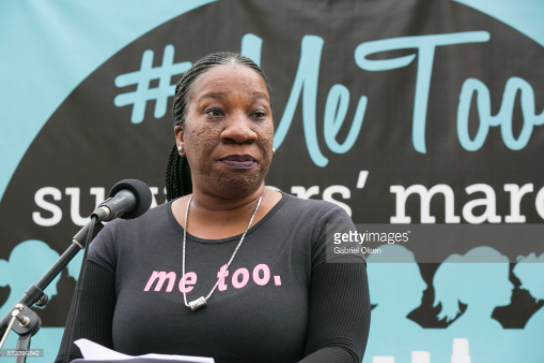
Social media allows SVP activists to reach way beyond your friend groups to educate and inform people about issues and organize people unable to physically attend an event. You can take your activism creatively across social media platforms through hashtags, photos, art, and captions.
#MeToo
Perhaps the most far-reaching SVP social media campaign to date is the rise of #MeToo, a phrase and hashtag used to share stories of sexual assault and harassment, prompting a mass disruption to the culture of silence we have around sexual violence. Founded in 2006 by Tarana Burke, Me Too is an organization working in communities, especially in communities of color, to express solidarity. The movement gained momentum in 2017 when Hollywood actresses and actors began sharing their stories of sexual assault and harassment with the hashtag #metoo. We know that truly effective movements must be inclusive and intersectional, and the social media aspect of this movement allows it to reach far beyond white and wealthy women. Time Magazine named the “Silence Breakers” as their Person of the Year, and the movement is still bringing long-silenced voices to light every day.
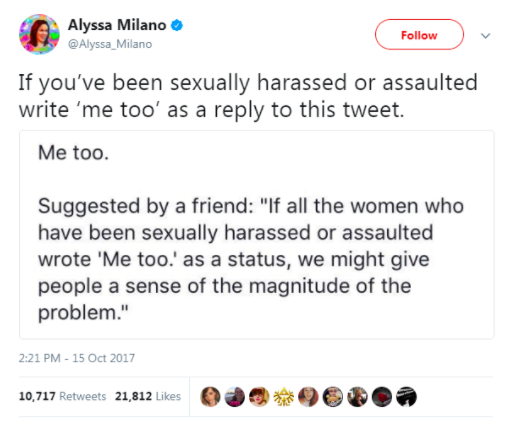
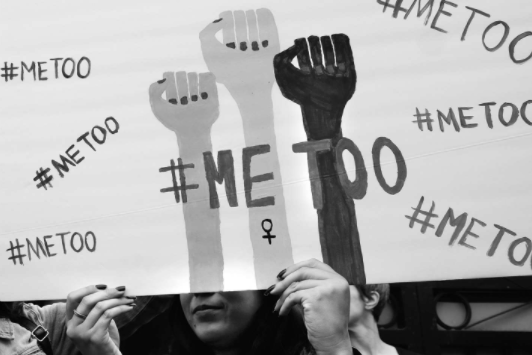
What you need to know:
- “me too.” was an organization started by Tarana Burke to build solidarity between women, particularly women of color and low-income women, who have experienced sexual violence.
- The movement gained momentum in 2017 when actresses and actors broke the silence about sexual violence in the entertainment industry.
- People shared their experiences with sexual assault and harassment with the hashtag #metoo across social media outlets.
- Hundreds of Hollywood women formed the Time’s Up coalition, launched with an open letter vowing support for women everywhere, from janitors to health care workers. Time’s Up will include a legal defense fund and will advocate for legislation combating workplace harassment.

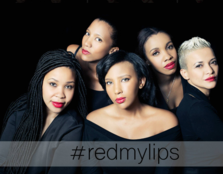
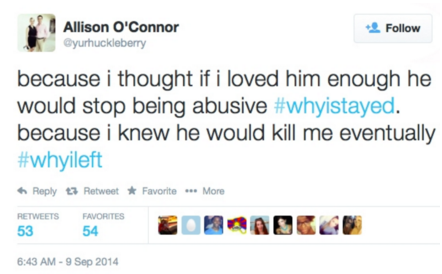
Becky’s Fund, an organization to prevent domestic violence, started the hashtag #whyistayed and #whyileft for survivors of SV to share their stories. Hashtags are especially effective to amplify the voices of social media users affected by SV.
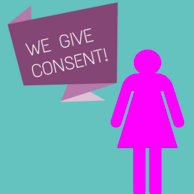
@wegiveconsent was a Facebook, Twitter and Tumblr campaign led by two 8th grade students from Toronto, Canada to get the topic of consent into the Ontario Health Education curriculum. Posts on social media can be educational — it’s amazing how much we can learn from 140 characters on Twitter!
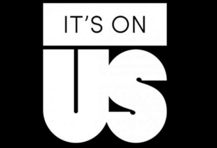
To mark the one year anniversary of It’s On Us, a national campaign to change the culture around college campus sexual assault, Snapchat branded It’s On Us geofilters that were available for students at 55 schools across the country. Throughout the three day campaign, the geofilter was seen more than 2.7 million times and used 140,000 times.

Whenever running a campaign or event, incorporate social media by creating a Facebook event or advertising a specific hashtag that participants should use. If your budget allows it, consider adding a Snapchat filter for a rally or protest! Oh, and check out the National Sexual Violence Resource Center’s Sexual Assault Awareness Month’s Social Media Toolkit for more ideas about how to spread SVP awareness and organize for social change!

Internet safety remains a priority! Ask permission before posting photos of other people, and avoid using names and identifying details.
Whenever running a campaign or event, incorporate social media by creating a Facebook event or advertising a specific hashtag that participants should use. If your budget allows it, consider adding a Snapchat filter for a rally or protest! Oh, and check out the National Sexual Violence Resource Center’s Sexual Assault Awareness Month’s Social Media Toolkit for more ideas about how to spread SVP awareness and organize for social change!

